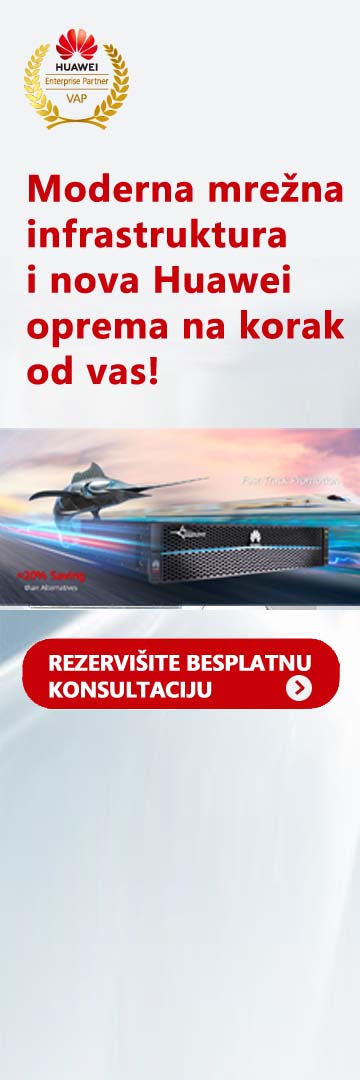News-from-the-media
27. 04. 2024.
UNS Uncovers a Number of Unknown Information about the Murders of Journalists from Serbian Editorial Offices in the Territory of the Former Yugoslavia, Unified Files Awaiting Data from Bosnia and Herzegovina
More than 30 years have passed since the murder of a correspondent team from the Radio-Television Belgrade, now Radio-Television Serbia, led by the Sabac journalist Zoran Amidzic.
In its latest investigation, UNS has released to the public previously unknown data - autopsy reports, personal documents of Amidzic, found with him, were published as an illustration in the text of the Croatian weekly tabloid “Slobodni tjednik” on October 17, 1991, and the briefcase from which they were taken was never found.
The investigation into the murder of the young Sabac media team, killed in an ambush on October 9, 1991, in the Banija front line in Croatia, was never conducted.
In the bullet ridden car alongside Zoran Amidzic (41) were cameraman Bora Petrovic (32) and assistant cameraman Dejan Milicevic (24). Their guide was the recruited Radio Sabac editor Sretan Ilic (42), who was severely wounded and died on the way to the nearest military hospital.
UNS has documented in its investigation that “Slobodni tjednik” published false and fabricated information about the murder of the Sabac team but also original documents found with the murdered Amidzic.
Investigating further, UNS came across documents that refuted the lie published by “Slobodni tjednik” that the Sabac media team was wearing military uniforms. In the documentation UNS possesses, it is clear that the RTS media team was in civilian clothing when returning from their journalistic assignment.
Furthermore, UNS investigated the regional military deployment and the locations of JNA units at the time of the Sabac team’s murder, as well as the positions of Croatian forces.
In its latest investigation, UNS also wrote about Zivko Filipovic, a photojournalist for “Srpsko slovo” and a cameraman for TV Novi Sad, who was killed by a grenade on January 30, 1993, in the Sarajevo neighborhood of Azici. Then also about Miloš Vulovic, a journalist for Radio Ilidza, who died on January 30, 1993, in the Sarajevo neighborhood of Azici from shrapnel of a grenade. In addition to the names, the UNS Files contain numerous details about the killing of Ranko Elez, a war reporter for Radio Novi Sad and Radio Foca, who died on June 10, 1993, at Medena Glavica near Cajnice, as well as Dusan Tepsic, a war reporter for TV Belgrade who was killed near Obudovac on November 22, 1992
For two decades now, UNS has been carefully gathering data and publishing it in its Files on murdered and missing journalists and media workers. So far, 38 names of journalists and media workers have been recorded, most of whom worked for Serbian editorial offices, and were killed, kidnapped, disappeared, died, or lost their lives under unresolved circumstances.
On April 17, 2024, UNS organized a conference “What have journalists discovered in decades since the murders of journalists and where is justice in all this?”, at which journalists, lawyers, and representatives of the Public Prosecutor’s Office for War Crimes spoke.
In the Files, UNS has also published data on eight journalists from Kosovo media in the Albanian language who were killed from 1999 to 2005.
Before the last year’s conference “Three Decades Later: What We Know and What We Uncover About Unpunished Journalist Murders from 1991 to 1995”, UNS also disclosed the information available to journalist associations from the former Yugoslavia.
The Association of B-H Journalists said they had the most extensive list containing 81 names of killed, injured, and missing journalists and media workers. As Borka Rudic, the general secretary, informed us at the time, this is the record covering the period from 1992 to 1995, the time of the war in Bosnia and Herzegovina.
UNS received data on six killed individuals from the Association of Journalists of the Republic of Srpska, with the note that this was not a final list and that they would send additional information.
The Croatian Journalists’ Association (HND) has a “List of Journalists and Technicians Killed in Croatia from 1991 to 1993”, which includes the names of 22 persons.
In Montenegro, the records of the Association of Journalists of Montenegro and the Media Union of Montenegro correspond, listing the murder of the director and chief editor of the newspaper “Dan”, Dusko Jovanovic, in 2004 as the only case.
The Slovenian Journalists’ Association records two cases from the past: the death of Ivo Standeker in Sarajevo and the disappearance and murder of photojournalist Alojz Krivograd Futi in Bosnia. He was a photojournalist whose work was familiar to the UNS investigators because he was a regular contributor to “Slobodni tjednik”.
If we add the numerical data obtained by journalist associations in the region to the UNS’s, we reach a total of 158 journalists and media workers with tragic fates.
However, this number will be lower as it has been observed that some names appear on multiple lists.
Upon receiving the data from colleagues in the association “BH Journalists”, who have meanwhile submitted a list to the local Prosecutor’s Office for War Crimes, UNS will publish the comprehensive files of deceased journalists and media workers based on the records of journalist associations from the former Yugoslavia.







comments (0)
???live_comment???No comments on this topic.